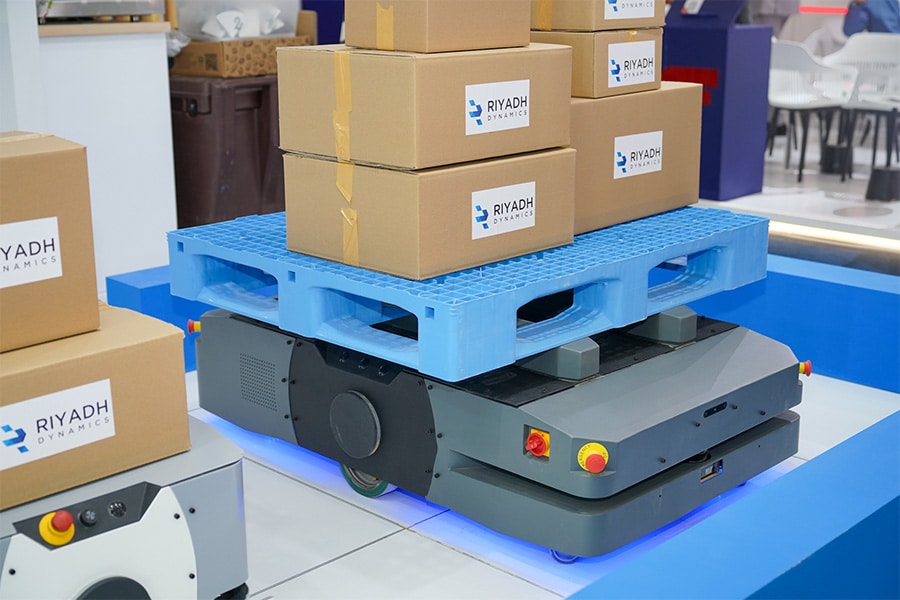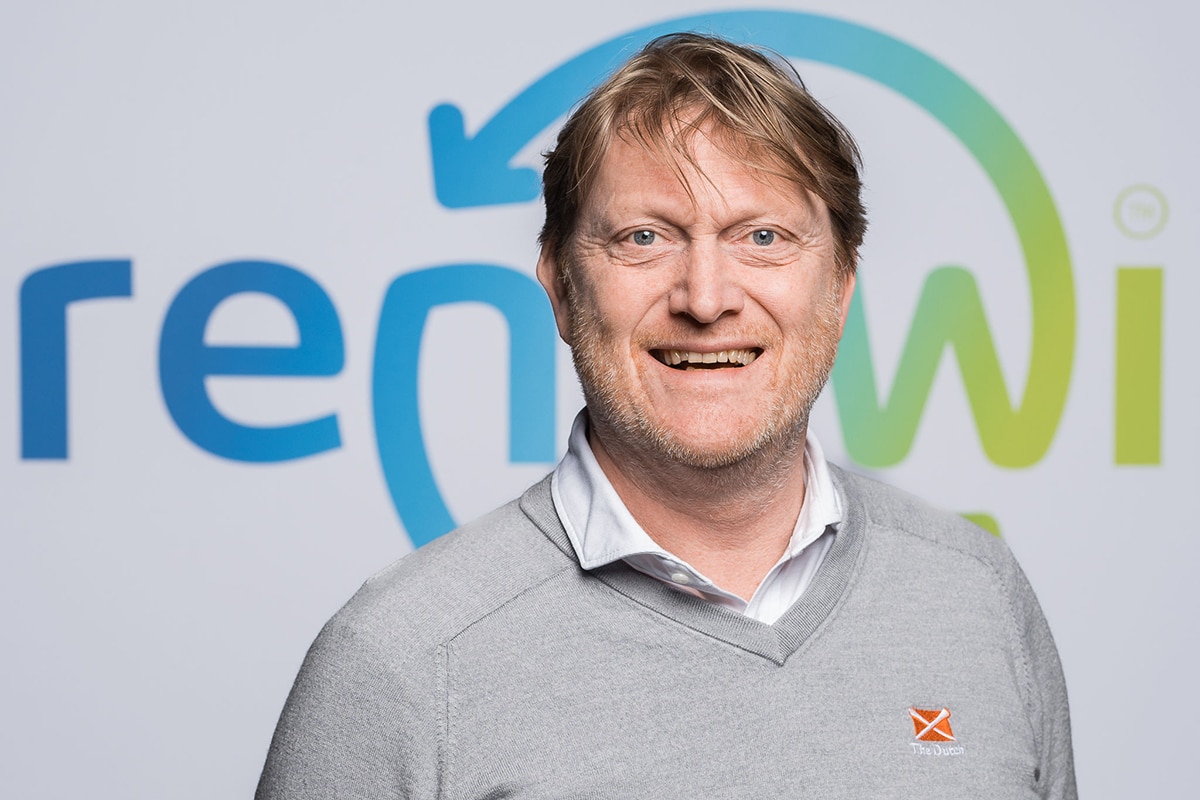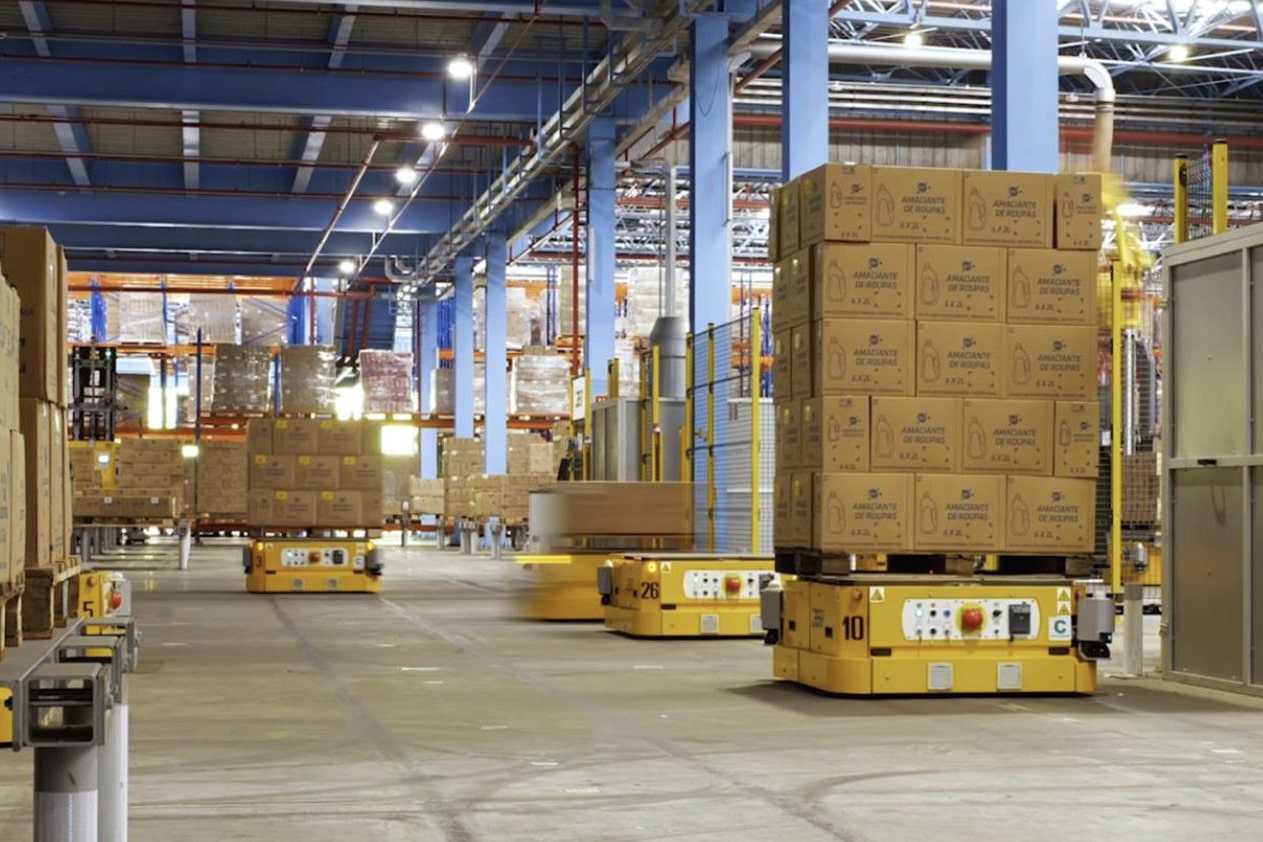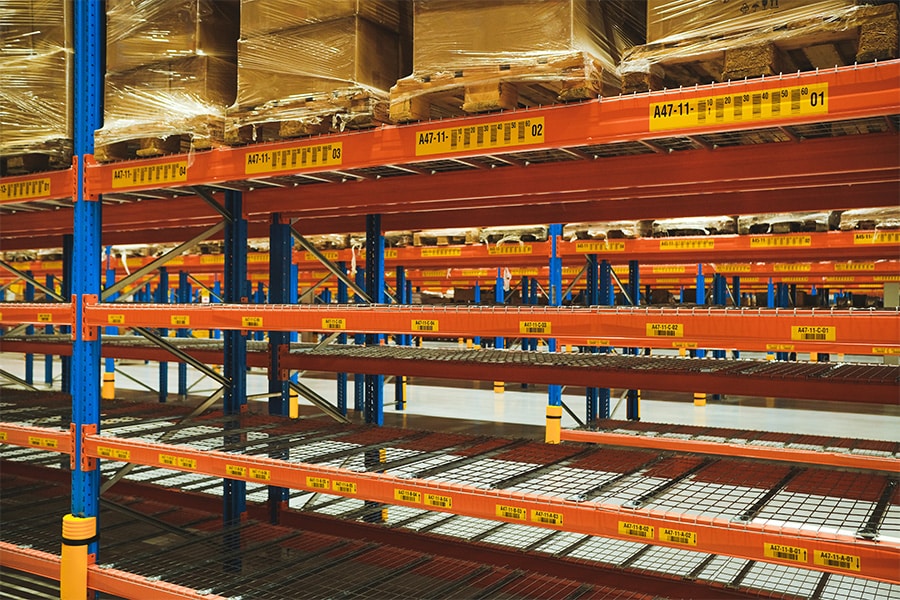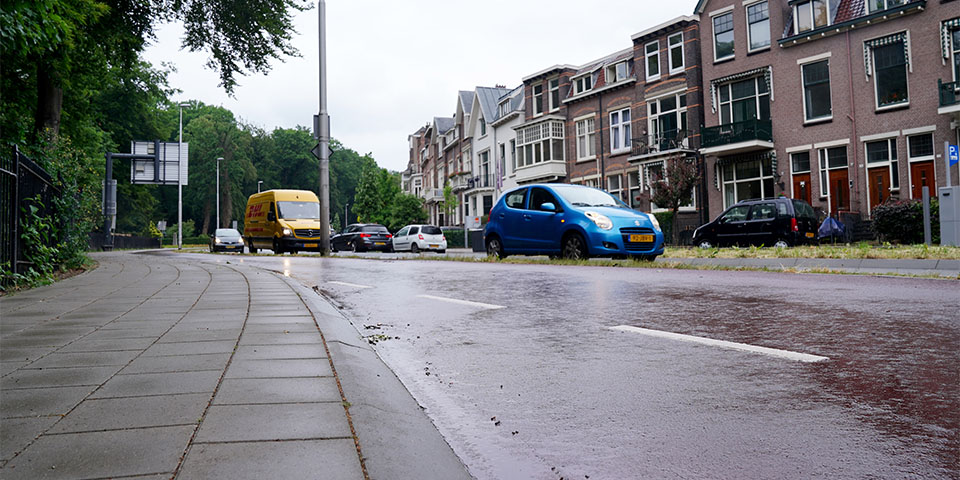
Apeldoorn road: from waste plan to resource plan
How can we maximize sustainability within existing contracts? That was the question for the municipality of Arnhem when addressing the Apeldoornseweg. "Instead of choosing innovative materials, which have not yet proven their value and quality, we looked at what was possible within the existing RW contracts," says project manager Sil Polman. "That turned out to be more than initially thought." Among other things, concrete tiles and tires, concrete sewer pipes and asphalt were reused.
Apeldoornseweg is an important access road to the city and provides a connection to the A12. Redesigning it was therefore no sinecure. "The sewer system was in bad shape, as was the asphalt. The bus stops were dated and the traffic lights needed replacing. In addition, we wanted to put an end to flooding. The Apeldoornseweg has a height difference; therefore, water flows down from the adjacent park. In this project we also took into account the desire for more greenery in the city. We also listened to the input of local residents: they wanted more crossing points and speed-limiting measures."
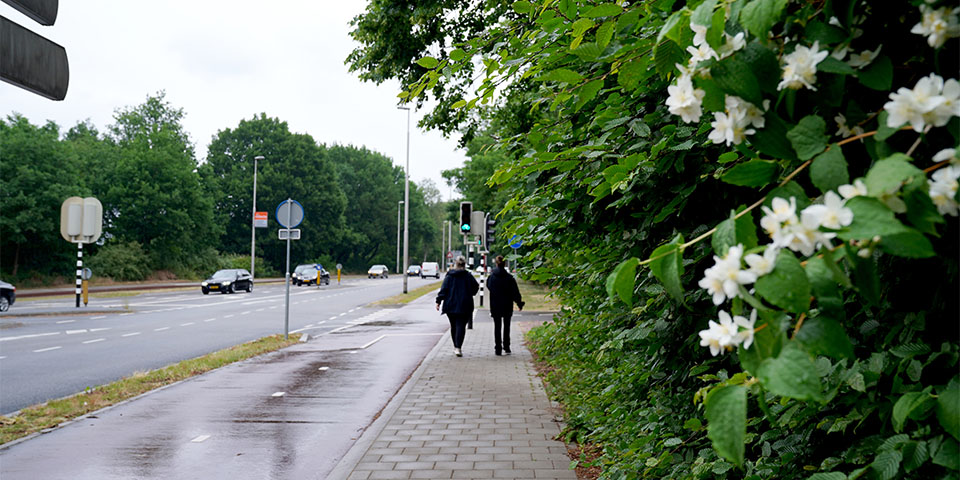
With all these tasks, it was already a challenging project. But in terms of sustainability, they wanted to go one step further. Not by serving as a testing ground for innovative materials, but with products that fit within the existing requirements. "In terms of sustainability, we laid down a number of requirements that contractors absolutely had to meet. For example, a minimum requirement regarding the use of secondary aggregate in the new concrete products. You can crush material into rubble and use it as road foundations. But you can also crush old products into aggregate for new products, or take out products in one place and reuse them elsewhere in their original form."
Arnhem has bet on the latter two forms of reuse. "Not all sewer pipes and tiles could be reused. Those were broken into fraction, in two sizes. The largest fraction was used in new tiles and tires; the smallest was used in the mortar, which the project used for the concrete walls behind the concrete tires."
The new concrete ties and tiles used 25 percent secondary aggregate. "Gradually, we also set a similar requirement for the sewer pipes. Here the percentage was 15 percent." By asking contractors to create a resource plan, the municipality stayed in dialogue with the parties. "Because we had an open mind, we gradually identified opportunities that allowed us to make the project even more sustainable."
Sustainability was important on this project, as was proven quality. "Thanks to the assessment guideline 'Environmental profiles for concrete infra products', you can be sure that the percentage of secondary materials is achieved as well as that the quality of the final product is fine." More information about the assessment guideline can be found at Concretehouse.co.uk/paving/brl.
